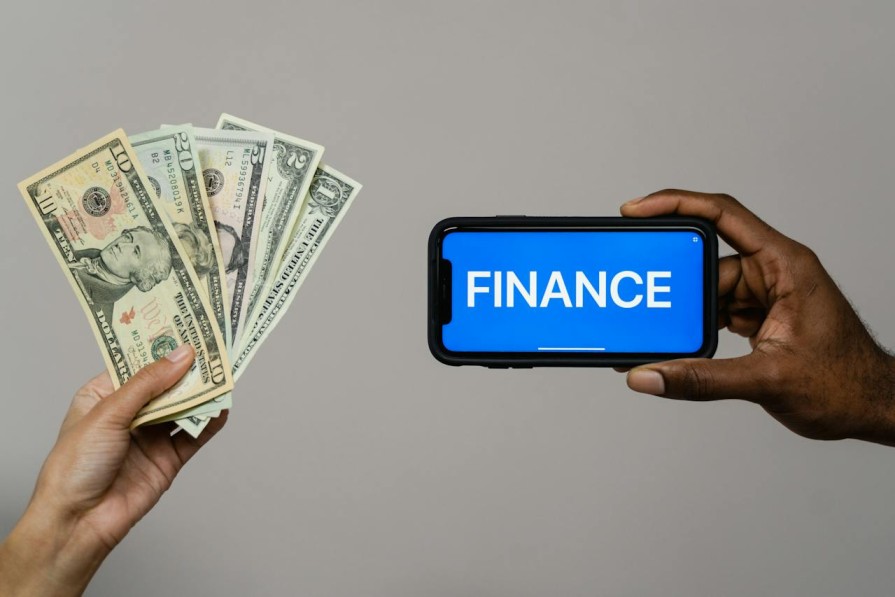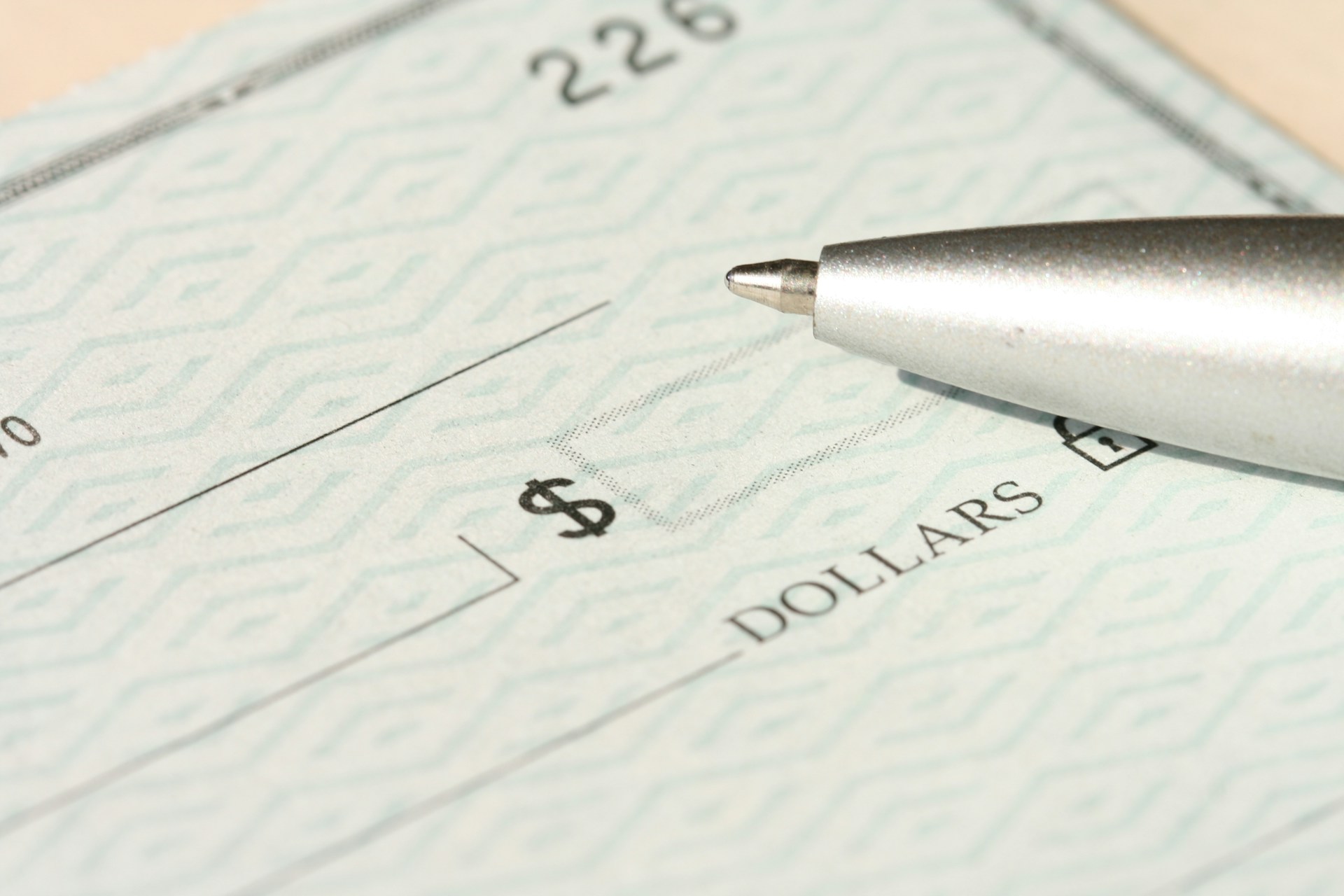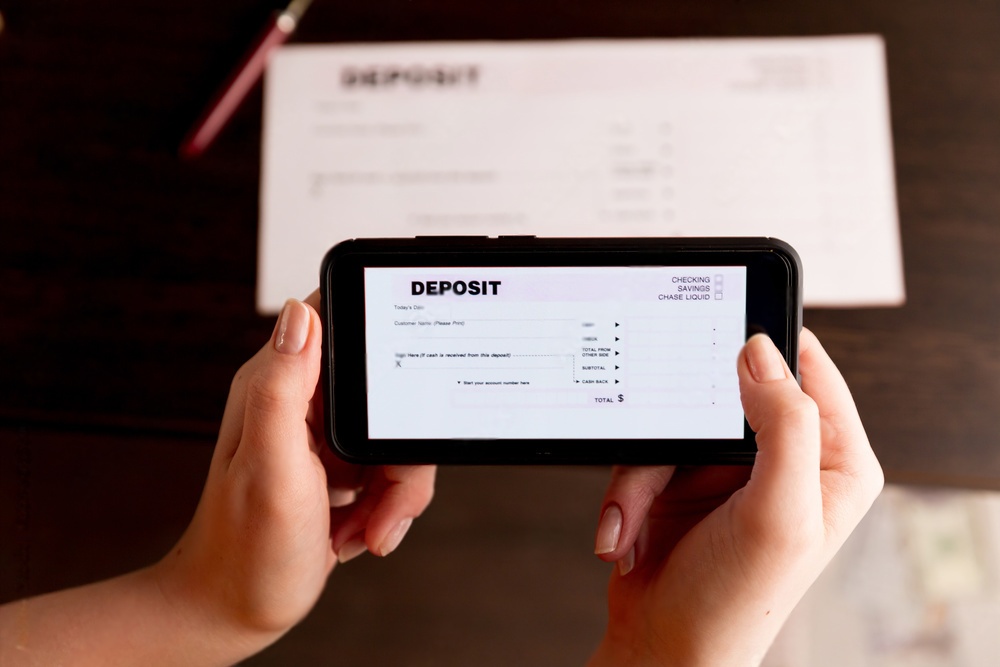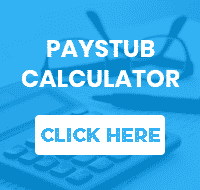Have you ever glanced at your advice number on check stub and wondered, ‘Why does my pay stub have pay date before end of pay period?’ This common query can be puzzling, but there’s a straightforward explanation.
In this article, we’ll delve into the intricacies of pay periods and pay dates, clarifying why this discrepancy occurs and how it affects the overall paystub date range.
We’ll also explore how Check Stub Maker, a leading provider of digital check stubs, can assist you in understanding and managing your pay stubs and pay periods more effectively.
Let’s get started!
What this article covers:
- If My Paystub Says a Date, Does That Mean I Get Paid on That Date?
- Pay Periods vs. Pay Dates
- Different Types of Pay Periods
- Pay Period FAQs
If My Paystub Says a Date, Does That Mean I Get Paid on That Date?
Not necessarily. Through our practical payroll knowledge, you’ll get paid more often according to a pay period instead of a specific date indicated on your paystub.
Let’s look at how pay periods typically work, how they’re calculated, and how this information is reflected in your pay stub copies.
How Is A Pay Period Calculated?
A pay period is the span of time over which an employee’s work hours are recorded and paid. Our research indicates that the length of a pay period can vary, typically ranging from weekly to monthly intervals.
Drawing from our experience with payroll, state law and an employer’s payment schedule determine the precise start and end dates of a pay period. This schedule is crucial as it dictates when an employee’s hours worked are calculated and when the payment for those hours will be processed.
Designated pay periods give employers and payroll services like ours at Check Stub Maker ample time to accurately calculate wages, deductions, and taxes before issuing payment to employees for an income docs paystub.
Pay Periods vs. Pay Dates
Next, we’ll evaluate the differences between a pay period and a pay date.
What Is A Pay Period?
A pay period is essentially the recurring schedule your employer follows to compensate you for your work.
As per our expertise, the most common pay periods are determined according to the following schedules:
- weekly (7 days)
- bi-weekly (14 days)
- semi-monthly (15-16 days)
- monthly (30 days)
Each of these payment schedules has its own set of advantages and considerations. It can impact how frequently you get paid and how your annual salary paystubs hours are divided across paychecks.
The choice of pay period affects not just the frequency of paychecks but also the complexity of payroll calculations, potentially leading employers to consider how to back date check stub
This is where our pay stub generator at Check Stub Maker comes in handy, ensuring accuracy regardless of the pay period type.
What Is A Pay Date?
The pay date, on the other hand, is the day you actually receive your earnings for the pay period. Your employer sets this date, which is typically a regular day of the week or month.
The gap between the end of the pay period and the pay date allows for the necessary administrative work in payroll processing. This includes verifying hours worked, calculating earnings, and deducting taxes and other withholdings.
It’s during this time that tools like Check Stub Maker’s paystub generator are invaluable, providing precise and detailed breakdowns of earnings and deductions for both employers and employees.

Different Types Of Pay Periods
Through our practical knowledge, there are a variety of pay periods that not only affect how often employees are paid but also influence budgeting, payroll processing, and financial planning for a company as a whole.
At Check Stub Maker, we cater to all types of pay periods, ensuring that our paystub generator meets your specific needs, regardless of the pay schedule you follow.
Weekly Pay Periods
Weekly pay periods are quite straightforward; employees are paid once every week, typically resulting in four paychecks per month.
Based on our observations, this frequency is often preferred in industries with hourly workers, as it allows for a quick turnaround between hours worked and payment. While it means more frequent payroll processing for employers, it also offers employees more immediate access to their earnings.
Biweekly Pay Periods
Biweekly pay periods involve paying employees every other week, usually resulting in 26 paychecks per year and a paystub for bi-monthly payroll.
This is one of the most common pay schedules, striking an excellent balance between frequent paychecks and manageable payroll processing. For employers using Check Stub Maker, this schedule allows for a consistent and efficient payroll process.
Semimonthly Pay Periods
Semimonthly pay periods divide the month into two halves, typically resulting in two paychecks per month. Based on our first hand experience, we found that semimonthly pay periods can occur on the 1st and 15th of the month, or the 15th and the last day of the month.

Monthly Pay Periods
Monthly pay periods mean employees receive one paycheck per month. This schedule is often used for salaried employees, particularly in higher-level positions. Our paystub creator at Check Stub Maker is particularly useful here, providing a clear and detailed summary of your monthly earnings and deductions if you’re a salaried employee.
Fixed-Length Pay Periods
Fixed-length pay periods are less common and involve pay periods that have a consistent number of days, such as every ten days. This type of pay period can be more challenging to manage due to its irregular alignment with weekly or monthly calendars.
With that said, our digital payroll platform is more than adept at handling and accounting for payments made to employees during unique pay periods like this.
Custom Pay Periods
Some businesses may opt for custom pay periods that are tailored to the specific needs of the business and can vary widely. Luckily, our check stub maker online solution is flexible enough to accommodate even the most customized pay schedules.
Instant And On-Demand Pay
Instant or on-demand pay is a growing trend, especially in the gig economy. This allows employees to access their earnings as soon as they have earned them, rather than waiting for a scheduled pay date. While this offers maximum flexibility for employees, it requires sophisticated payroll processing systems.
The choice of pay period has significant implications for both payroll processing and employee satisfaction. At Check Stub Maker, we understand these nuances and provide a versatile paystub generator that adapts to any pay schedule, ensuring clarity and accuracy in every paycheck.

Pay Period FAQs
Here, we’ll address some of the most frequently asked questions related to pay periods and pay cycles.
Why Are There 26 Pay Periods In A Year?
This applies to employees working on a biweekly pay schedule. This is because a year has 52 weeks, and when you divide this by 2 (since payments are made every other week), you get 26. This system is popular as it provides a balance between frequent payments and manageable payroll processing.
Our investigation demonstrated that our pay stub generator works well with this payroll schedule, ensuring accurate and timely payroll documentation while accounting for other payroll scenarios, such as standard hours increased on my pay stub.
Is It Possible To Have 27 Pay Periods In A Year?
Yes, this is possible, although it’s a rare occurrence. We determined through our tests that this happens occasionally when a particular pay calendar falls during a leap year or when employees are paid on a weekly or bi-weekly basis.
In either scenario, this leads to an extra pay period being added to the year, making it 27 in total instead of the traditional 26 pay periods. Employers need to plan for these years, as they can affect annual salaries and budgeting.
What’s The Difference Between A Pay Period And A Pay Cycle?
The terms ‘pay period’ and ‘pay cycle’ are often used interchangeably, but there is a subtle difference. Based on our first-hand experience, a pay period refers to the actual time frame during which an employee’s work hours are recorded for payment (from January 1-14, for instance).
A pay cycle, on the other hand, is the process of paying employees for a specific pay period and involves steps like calculating hours, processing payroll, and issuing checks. At Check Stub Maker, our paystub generator simplifies this pay cycle, ensuring a smooth transition from work hours to paycheck.
Conclusion
In this article, we’ve explored the question, “Why does my pay stub have pay date before end of pay period?” and delved into the various aspects of pay periods and pay dates.
Understanding these concepts is crucial for effective financial and payroll management. Whether you’re an employer or an employee, Check Stub Maker is here to assist you.
So, what are you waiting for? Try our paystub generator at Check Stub Maker for accurate, efficient, and user-friendly payroll processing.
Shop with us today and experience the ease of managing pay periods and pay dates like never before!
If you want to learn more, why not check out these articles below:




